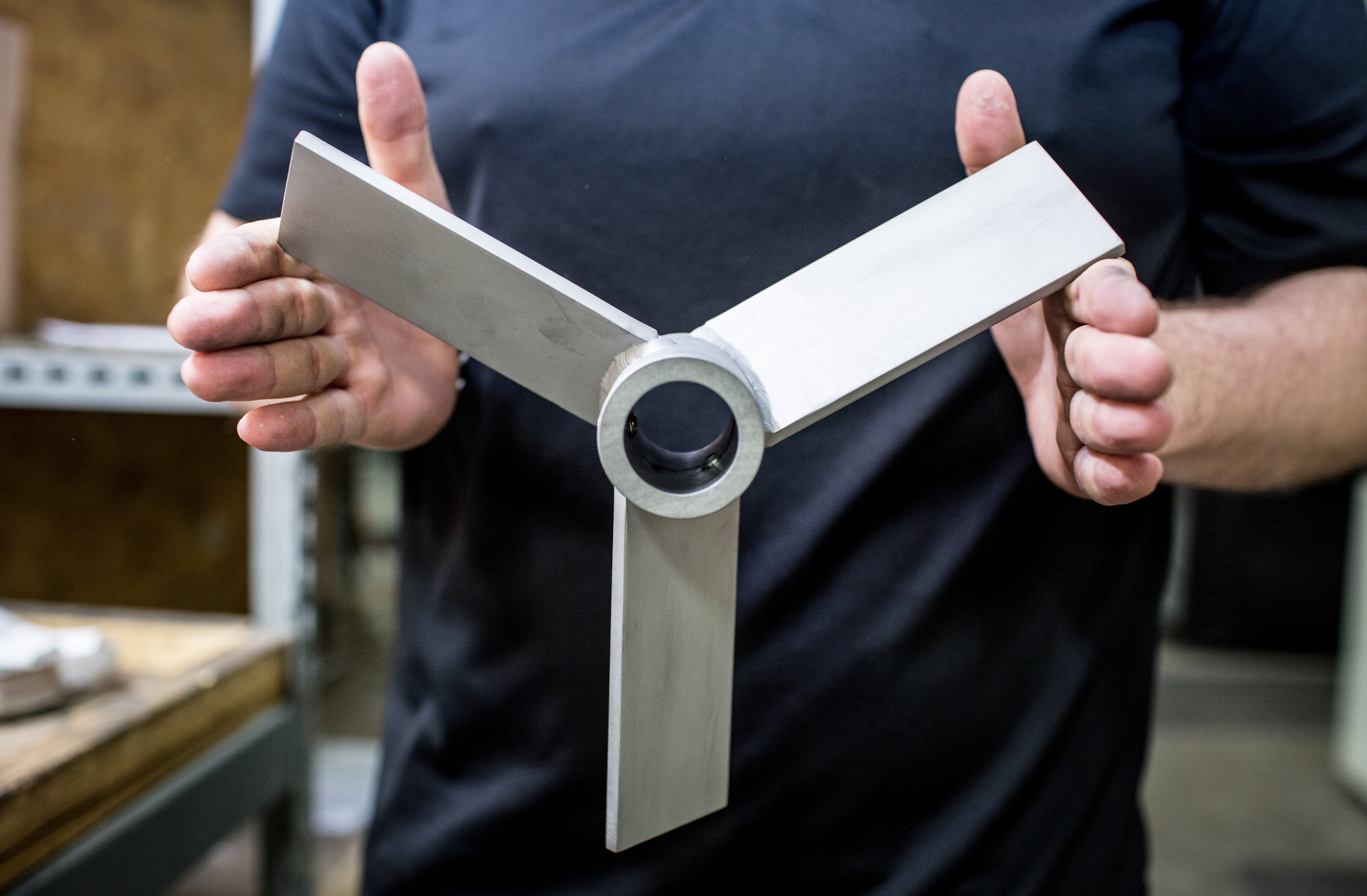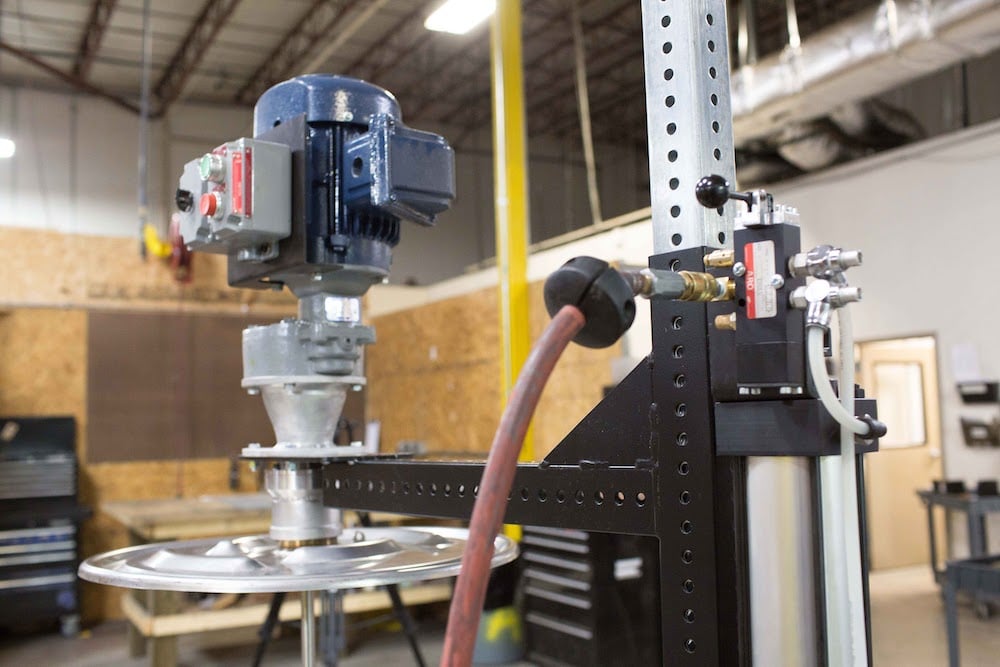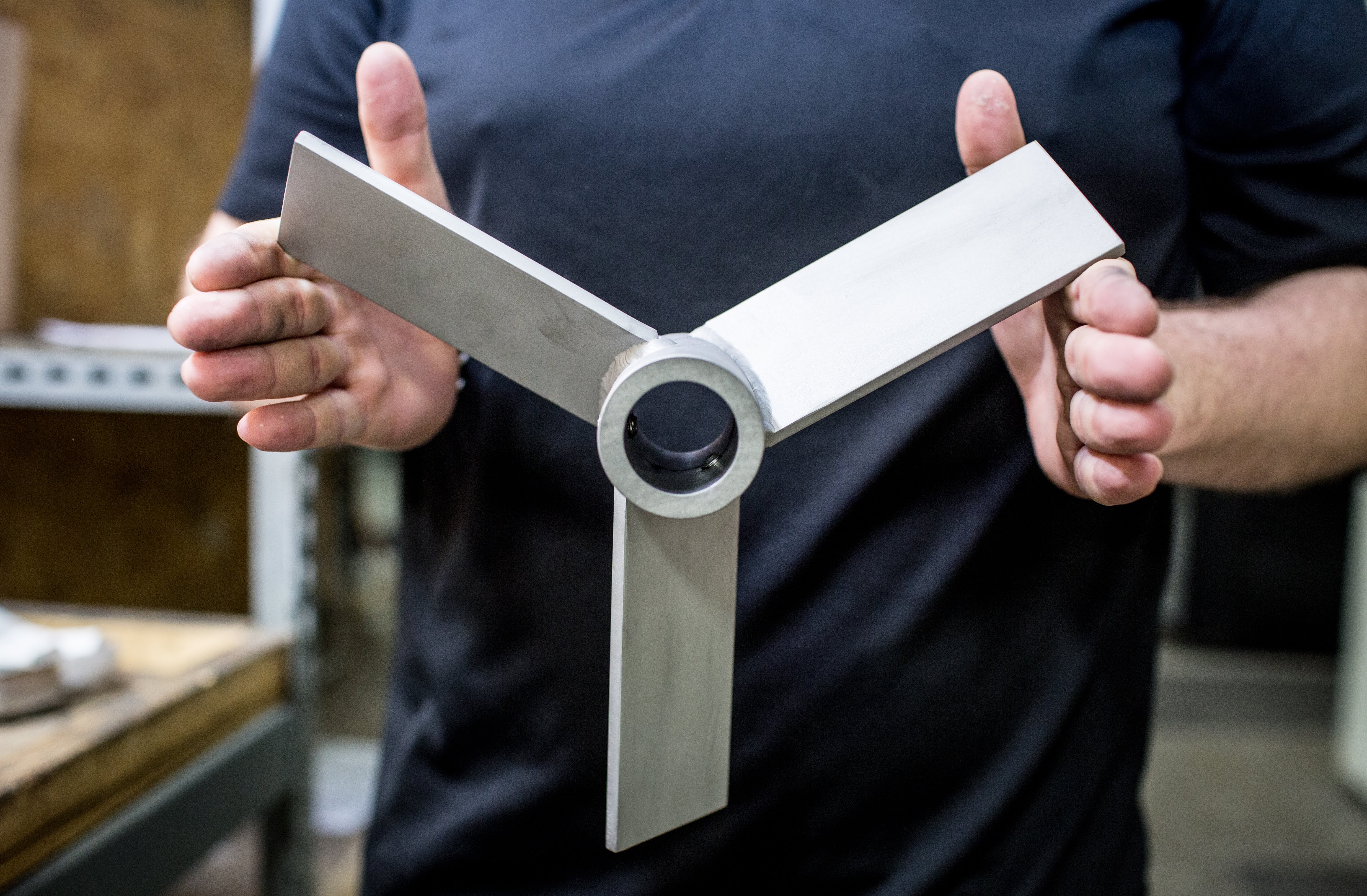Optimizing Your Mixing Process: Impellers 101
Today, modern mixing equipment has made mixing processes more time and cost-efficient while at the same time delivering more satisfactory results. A...

Access MXD Process resources including blogs, technical guides, manuals, and maintenance tips—everything you need to optimize, troubleshoot, and expand your process knowledge.
Discover who we are, the industries we serve, and the trusted brands behind our process equipment and environmental solutions. Learn how our team brings precision, innovation, and reliability to every project.
3 min read
MXD Process May 7, 2024 9:31:10 AM
When it comes to mixers, there are several ways to describe the part that actually spins the mixture. There are impellers, propellers, blades, foils, and a host of other names.
However, most people stick to the word “impeller” as a universal way of saying “that piece of metal on the end of the shaft that spins around.” With that in mind, let’s compare impellers vs. propellers and their flow patterns.
Mixing impellers and propellers are mechanical devices that move fluid or air but operate in different environments.
Impellers are rotating devices designed to alter the pressure and flow of a fluid within a confined space. They can have various designs including axial, radial, and mixed-flow types, depending on the direction the fluid moves through the blades. (More on this later!)
On the other hand, propellers convert rotational power into linear thrust to move vehicles through water or air. Additionally, for water and aircraft, propellers use the same principles of linear thrust to accomplish high-flow mixing in enclosed mixing applications.
As mentioned above, most people use the term “impellers” to describe the part that spins the mixture. Let’s dive into the types of spinning options available.
Propellers are low-shear, high-flow mixing impellers. They provide axial flow throughout a vessel and are excellent options for gentle agitation and solid suspension in low-viscosity fluid. Most mixing propellers are available in left-hand flow, right-hand flow, and steep-pitched blades, which provide increased flow rates with slightly more power draw on the motor.
High-efficiency impellers (HEIs) are a newer technology compared to the propeller design, which has been around for centuries. HEIs offer low shear and high flow but at a reduced energy draw. HEIs provide the greatest pumping volume per horsepower of all impeller types. They are most effectively used in low-viscosity processes and can be designed in larger diameters than propellers.
Radial and axial flow turbines are medium shear impellers that impart low to medium flow depending on liquid viscosity.
Axial flow turbines allow a mixer to break up agglomerations and impart solids effectively. Each blade on an axial turbine is pitched at a 45-degree angle and manufactured to leave an edge for the liquid to move over creating a localized shear area. Axial flow turbines will draw more power per volume than the propellers or HEIs as motor power is converted to shear energy.
Radial flow turbines create a radial flow pattern moving away from the impeller towards the vessel's sides. The flow impacts the side and moves upward or downward to fill the areas at the impeller's top and bottom and be ejected once more. Some applications benefit greatly from this type of action, mainly gas dispersion. Radial flow turbines have a high horsepower draw relative to axial flow turbines and other axial flow impellers.
Dispersion blades, or Cowles blades, are high-shear, low-flow impellers that offer particle reduction, and effectively disperse ingredients to create thorough dispersions and emulsions. A dispersion mixing blade excels at converting the greatest proportion of energy from the motor to shear force. This conversion increases the yield of material to time-consumed ratio.
Dispersion blades are available in various styles, catering to specific product viscosities and process requirements. For increased flow through the mixing vessel, high-flow dispersion blades have small sections cut and angled upward or downward around the blade to give more force to the fluid flowing through it. Dispersion blades can have more teeth around the circumference, which can be further serrated to increase shearing capacity and particle reduction.
Rotor stators offer the highest shear and lowest flow or pumping capacity. Rotor stators are designed to generate the necessary force to break down solids, create emulsifications and suspensions, and homogenize a mixture with reduced mixing time and high energy output. Rotor stators are available in many configurations to account for changes in particle sizing and process demands. Rotor stators can be installed in in-line mixers or be post-mounted for mixing in open vessels.
It’s known that impellers, propellers, blades, foils, and others all function differently with their unique characteristics. If you’re trying to decide which is the best mixer for your processes, it’s best to consult with an experienced mixer specialist before making your decision. Reach out to our team at MXD Process and we’ll be happy to help guide you through this choice.

Today, modern mixing equipment has made mixing processes more time and cost-efficient while at the same time delivering more satisfactory results. A...

Once you have your impeller, motor, and shaft you’ll need to mount the mixer to the container or set up a stand where you can lower the mixer in and...

Axial and radial flow impellers are rotating industrial mixer components designed for various types of mixing. Both types of impellers are primarily...